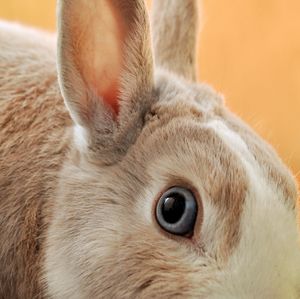
Gastrointestinal (GI) stasis or ileus in rabbits and guinea pigs most often occurs secondary to other conditions such as infections, low fiber or inappropriate diets, stress, dehydration, dental disease, metabolic disease, bladder stones, or any condition resulting in pain. Rarely, it can also occur as a primary condition in cases of infection involving the gastrointestinal tract, foreign body, or tumors.
Symptoms of GI stasis in rabbits and guinea pigs include decreased or loss of appetite, reduced or absent fecal production, lethargy, and hypothermia. The patient may also have a doughy stomach on palpation, gas-filled stomach and/or intestinal loops, a tense abdomen, grinding, and reduced or absent gut sounds when listened to with a stethoscope.
Diagnostic testing is recommended to determine the underlying cause of the stasis so it can be addressed. Recommended diagnostics include a complete blood count, serum biochemistry panel, and radiographs. Your veterinarian may also recommend E. cuniculi titers, fecal testing, and a urinalysis.
Treatment of GI stasis revolves around controlling pain, fluids to rehydrate the patient to support digestive function, and assist feeding to get the gut working again. Additional treatments may involve prokinetic medications, gas control, abdominal massage, and in severe cases of bloat – decompression of the stomach by passing a nasogastric tube. Whatever the treatment course, the underlying cause also must be treated.
GI Stasis is often deadly if not treated. The prognosis is dependent on the severity and length of the episodes. Guinea pigs typically carry a worse prognosis than rabbits.
Your veterinarian will make recommendations depending on the severity and your pet’s recovery.
Copyright © All Rights Reserved
